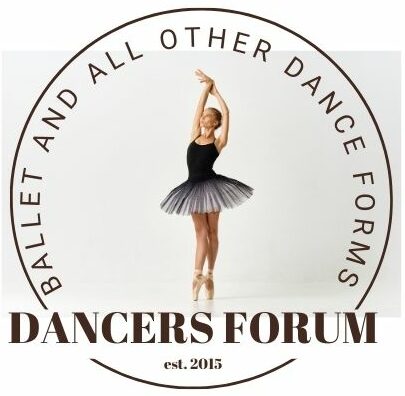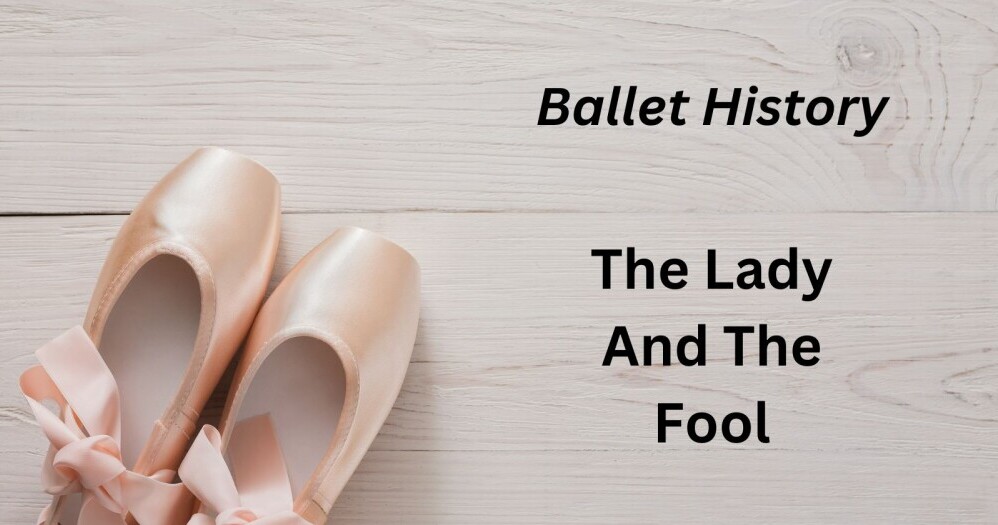The Lady and the Fool is a one-act ballet choreographed by John Cranko. The music is from Verdi’s lesser-known operas, selected and arranged by Charles Mackerras.
The Scenery and costumes were done by Richard Beer, and it was first performed by the Sadler’s Wells Theatre Ballet at the New Theatre in Oxford on the 25th of February 1954.
After the success of Pineapple Poll, Mackerras and Cranko sought a new collaboration.
The original cast for this ballet was as follows:
- Moondog: Kenneth Macmillan
- Bootface: Johaar Mosaval
- La Capricciosa: Patricia Miller
- Signor Midas, a society host
- Capitano Adoncino
- The Prince of Arroganza – David Poole
- An Ambassador of Arroganza
- Two husband hunters
The following year, the ballet was re-worked by Cranko for Covent Garden, opening on the 9th of June 1955, dropping one character and reassigning some dances to other characters, allowing the action to be more clearly focussed and the characters more interesting.
The ballet was later produced by various other companies, including the Stuttgart Ballet, Royal Danish Ballet, Houston Ballet, and the Royal Ballet.
It was also revived by the Sadlers Wells Ballet in the 1980s.
The Lady And The Fool Ballet
Synopsis:
Prologue:
On a street, two clowns, Moondog and Bootface, seek a night’s rest on a bench outside a great house.
Guests pass on their way to a ball, and one of them, the masked and beautiful La Capricciossa, is amused by the clowns’ antics and asks them to come and entertain at the ball.
Scene 1:
In a ballroom overlooking Rome, the guests flirt as the host, Signor Midas, greets new arrivals Capitano Adoncino and the Prince of Arragona.
The two clowns entertain the assembly with a dance in which they quarrel over a rose, destroy it, and then share the fallen petals.
Then, La Capricciosa dances with the three suitors, who represent wealth, gallantry, and rank, but as each seeks to remove the mask that hides her identity, another mask is found underneath.
They leave, and alone, La Capricciosa takes off the final mask to reveal her solitary nature.
Moondog has been watching her, and she now responds to the love that has suddenly overtaken them both.
When the other guests discover this, they first try to lead La Capricciosa away, and then when she obstinately returns to Moondog, they reject her, and she leaves the ballroom with her beloved.
Bootface, thinking himself forgotten, huddles in a corner, but the lovers return for him, and all three leave the ballroom.
Epilogue:
In the final scene, back in the street, all three curl up to sleep on the bench
This is the only video I could find of the ballet.
The story line is rather typical, but in performance the emotional energy of the piece and Cranko’s well-made dances have guaranteed the ballet a continuing theatrical life.
Edited after its first performances with the Sadler’s Wells Ballet, the piece was considerably tightened, the characterizations sharpened, and the theme of true love being preferable to power or riches or passing attraction typified by the three partners in the adagio for La Capricciosa and her suitors is universal enough to appeal to audiences wherever the ballet has been performed.
The Lady and the Fool ballet can often teeter on the edge of sentimentality, the piece continues to hold the stage by its emotional drive and the easy flow of Cranko’s dances.
The first Australian Ballet performed this on the 14th of November 1962 at Her Majesty’s Theatre, Sydney.



This is a fascinating look into John Cranko’s “The Lady and the Fool.” You’ve provided a comprehensive overview, from its initial conception and performance to its later revisions and enduring appeal.
I appreciate the detailed synopsis, which effectively conveys the ballet’s narrative and emotional core. The juxtaposition of the clowns’ simple, genuine affection against the superficiality of the aristocratic suitors creates a compelling dynamic.
The mention of Charles Mackerras’s musical arrangement of Verdi’s lesser-known works is particularly interesting. It highlights the collaborative nature of ballet creation and the importance of music in enhancing the dramatic impact.
Cranko’s decision to rework the ballet after its initial performances speaks to his commitment to refining his craft and ensuring the work’s longevity. The fact that it has been performed by numerous prestigious companies worldwide attests to its enduring quality and universal themes.
Phil
Michel,
Even though Bootface believes himself to be forgotten, his friends return and include him in their lives. They feel comfortable enough with one another to live on the street while society leaves them to their own devices. But as each of their masks is removed, they find their roles have been changed in an intimate manner. They now seem to be looking for ways to make the lives of each other more meaningful.
Jerry